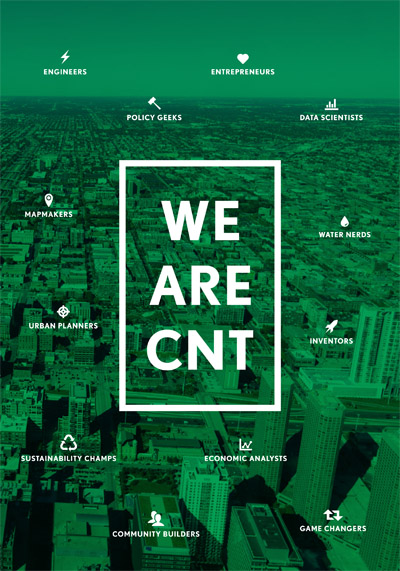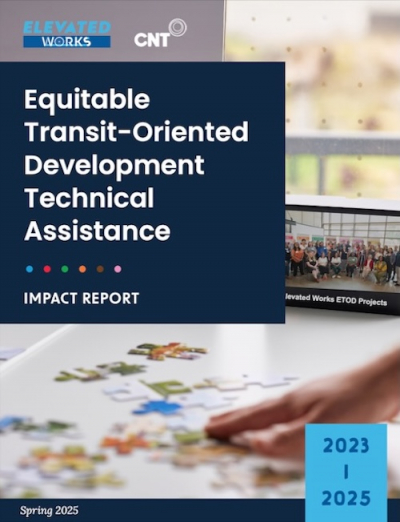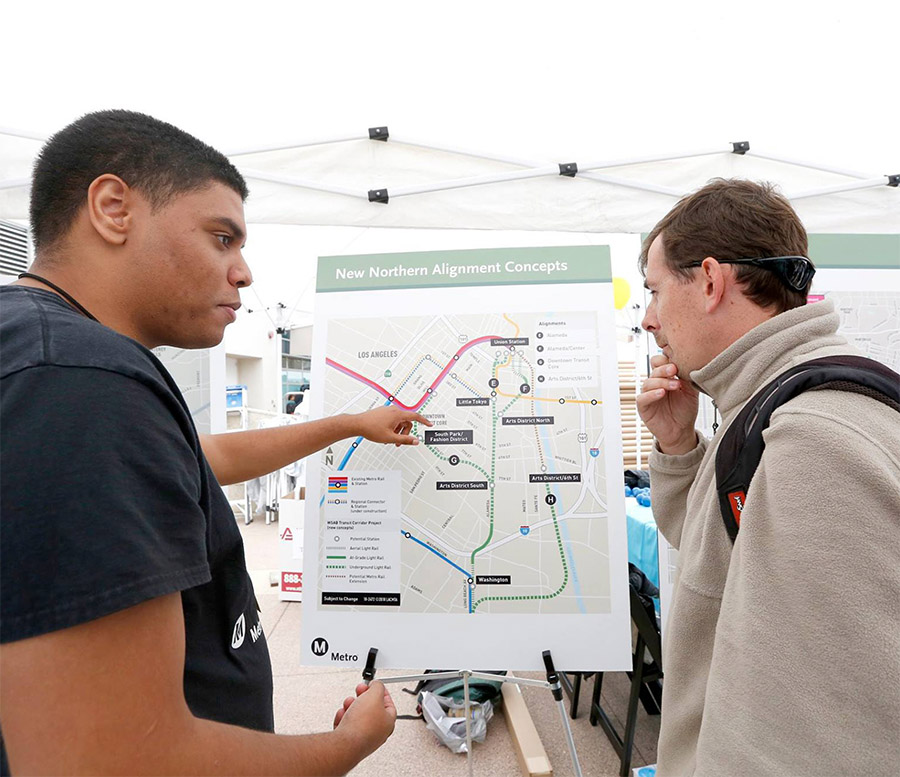Last year we made news by simply counting the number of trucks and buses that go through our neighborhoods. We’ve continued counting and we’re working now to use truck count data to model diesel exhaust pollution. We’re also continuing to share the data in community and to make the data more accessible to all.
In a sense, these data are nothing new: they merely validate the lived experience of people in hyper-industrialized communities across the city. But the need to count truck traffic in the first place came from a lack of available and accessible neighborhood-level truck traffic data. Traffic data from diesel vehicles is necessary information for residents when there are community health concerns over new industrial siting and expansion in their neighborhoods.
New data is now live on the Chicago Truck Count data portal at chicagotruckcounts.cnt.org, featuring 12 new counts. The updated Portal showcases the new counts in each of the three main data sections:
- Camera Locations, an interactive map with a pinhead corresponding to the volume of truck and bus traffic
- Traffic Count Reports to download counts in table or raw data format
- 24-Hour Camera Counts, an interactive and colorful hourly breakdown
All new counts were intersections in the Southwest, South, or Southeast sides of Chicago. These counts expanded into new community areas— all majority Black or Latine communities— we did not previously count in: Ashburn, Austin, Garfield Ridge, North Lawndale, and West Englewood.
This year’s truck counts were selected by our close partners in the Chicago Environmental Justice Network, and allied community organizations like P.E.R.R.O., Southwest Collective, and Grow Greater Englewood.
Counting trucks at 12 new sites
When we released our counts last year, one of the most striking numbers was the volume of 5,159 trucks and buses at 41st and Pulaski—over 10% of total traffic.
One of our new counts at 59th and Hoyne in West Englewood recorded 2855 trucks and buses which accounted for over 18% of total traffic at that intersection. This finding is nearly triple the 7% average truck and bus traffic for Illinois’ roadways overall and almost double the truck and bus traffic ratio at our project’s highest count overall at 41st and Pulaski.
Why does high truck traffic at this spot in West Englewood matter? This area is by intermodal terminal driveway yet close to a community park and Grow Greater Englewood’s urban farm. Mixing industrial land close to community-oriented land uses can place negative externalities all too close to communities.
Here are some other highlights from the new data:
- Benito Juarez is a 4-year public high school in Pilsen with over 75% people of color, mostly Latines. It sits less than 100 yards from the intersection of Ashland and Cermak which saw over 2,900 truck and bus trips. These truck and bus trips are spewing diesel exhaust, related to asthma, cancer and other health threats.
- At 79th and Western in the Greater Southwest Industrial Corridor area of Ashburn, there were over 3,500 truck and bus trips. Ashburn’s population is over 90% people of color. Nearby is another high school with outdoor playgrounds and sports fields and a transit bus terminal wherepeople are studying and recreating near where heavy vehicles spew dirty air—similar to Benito Juarez
- Next to a rail yard at 130th and Doty near Lake Calumet in South Deering, a community that is 95% people of color, we recorded more than 3,400 truck and bus trips—now representing the largest count we’ve collected in Chicago’s Southeast Side.
The new data illuminates not just how many truck/bus trips there are for an average weekday, but the percentage of trucks and buses that make up all people and vehicles moving in an intersection.
What we’re doing with truck count data
Emissions from trucks and buses primarily make air quality worse—one of many cumulative impacts of pollution that harm environmental justice communities. The Chicago Truck Data Portal provides evidence to bolster advocacy groups across Chicago for Chicago City Council to pass the Hazel M. Johnson Cumulative Impacts Ordinance, introduced by Mayor Brandon Johnson in April.
For example, at a recent town hall meeting in Chicago’s 10th Ward, leaders of the Southeast Environmental Task Force highlighted the “over 1,600 industrial trucks passing 103rd & Torrence Ave within a 24-hour time period… connecting diesel emissions to disease for all who breathe its air, and especially truck drivers and other logistics workers.”
In early 2026, we plan to release results of modeling PM2.5, PM10, and NOx emissions based on 2023 and 2025 Truck Portal traffic counts. We expect this data will help our partners and us make stronger connections between the number of trucks and poor air quality. This connection in turn may connect to social determinants of health — for example, asthma and chronic obstructive pulmonary disease rates.
We also are working to make our information more accessible to more people and community groups. We’re creating a glossary of freight and logistics terms, a guide on how to read the truck traffic tables on the data portal, takeaway sheet for community organizers, and a walk-through video of how to use our Portal.





 Strengthening Transit Through Community Partnerships
Strengthening Transit Through Community Partnerships